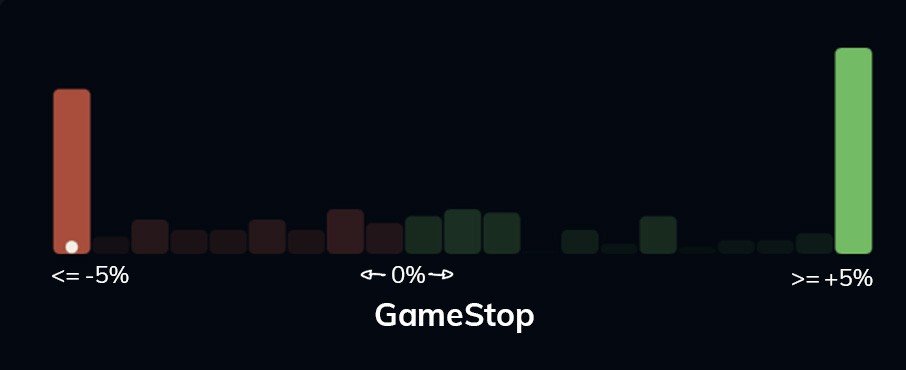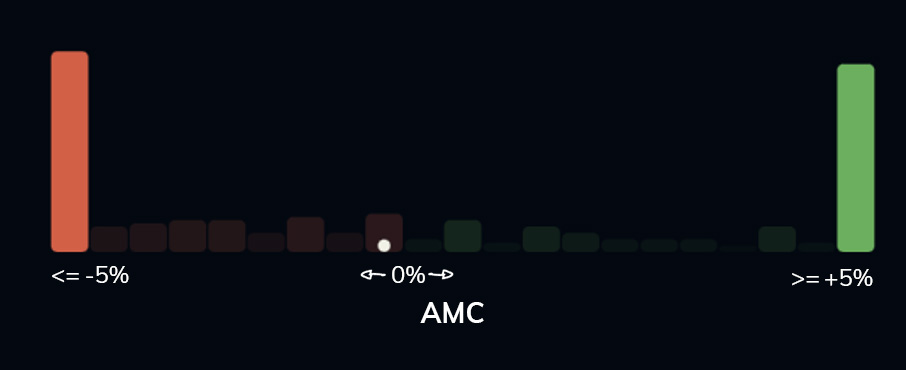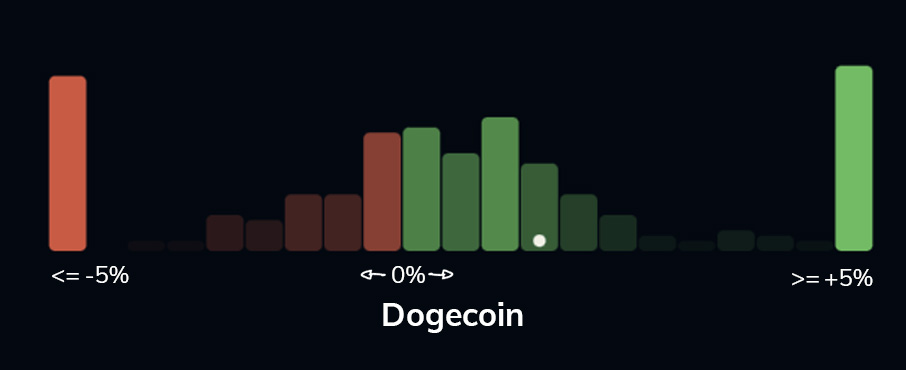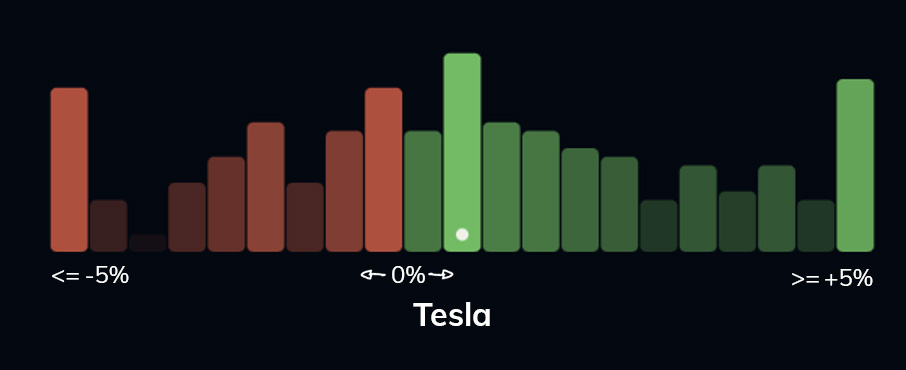In a new book out recently, Stanford professor and MD Anna Lembke described the smartphone as the “hypodermic needle of the wired generation.” Dr. Lembke is no stranger to addiction. Back in 2016, she published another book on addiction called Drug Dealer, MD, in which she showed how the opioid epidemic was facilitated by “well-meaning doctors treating patients with real problems.”
It’s important to acknowledge that many of the addiction-based epidemics we face today have their origins in the actions of well-meaning service providers, who are doing their best to give us what we think we want and need. That, however, in no way diminishes the seriousness of the consequences of addiction – especially for those of us who wish to exercise more conscious control over our own destinies.
Dr. Lembke’s new book is called Dopamine Nation, a reference to the neurotransmitter dopamine, which is at the heart of how addiction works in our brains. Per Dr. Lembke, “The more dopamine in the brain’s reward pathway, the more addictive the experience.”
While she doesn’t spend much time discussing social media, let alone behavioral finance, Dr. Lembke does briefly touch on how dopamine works in gambling. The research that she shared sent shudders down my spine and explained something that has troubled me for 25 years.
Prior to reading Dr. Lembke’s work, my years of experience and observations in the world of retail finance led me to a comical and absurd conclusion: Many would-be investors actually enjoy losing money.
But how could that be? Who on earth wants to lose money? Why would anyone in their right mind participate over and over again in an activity that results in repeatedly losing money?
Then I read this from Dr. Lembke:
My patients with gambling addiction have told me that while playing, a part of them wants to lose. The more they lose, the stronger the urge to continue gambling, and the stronger the rush when they win – a phenomenon described as “loss chasing.”
The way that dopamine is released in our brains is more subtle than I initially imagined. I thought that dopamine only got released when we got our rewards, but that’s not actually the case. Yes, dopamine does get released in the brain upon receipt of a reward, but it also gets released in anticipation of an upcoming reward – and losing money can actually increase our anticipation of an upcoming reward.
Moreover, according to Dr. Lembke, dopamine levels increase when we are in complex environments that are “enriched, stimulating, and novel” and require extra learning – a perfect description of the markets. They are endlessly stimulating and novel. We can study and learn about them for decades on end.
Are you starting to get the picture? Online capital markets are near-perfect vehicles for producing high levels of dopamine release in our brains, and per Dr. Lembke, “Scientists rely on dopamine as a kind of universal currency for measuring the addictive potential of any experience.”
I’m not surprised by these findings – I’ve suspected something like this was at work for a long time – but I’m both sobered and amazed to see the stark facts stated so clearly and succinctly. It’s fascinating when missing pieces of the puzzle finally snap into place.
But wait, there’s more. There’s one other little gem that Dr. Lembke shared, which connects back to our Shape of Risk theme and why these histograms that we’ve been exploring have proven to be so valuable. I’m going to share the whole paragraph because it’s so important:
In a 2010 study, Jakob Linnet and his colleagues measured the dopamine release in people addicted to gambling and in healthy controls while winning and losing money. There were no distinct differences between the two groups when they won money; however, when compared to the control group, the pathological gamblers showed a marked increase in dopamine levels when they lost money. The amount of dopamine released in the reward pathway was at its highest when the probability of losing and winning was nearly identical (50 percent) – representing maximum uncertainty.
Let’s look one more time at the histograms of a few of the most hyped assets of 2021:




All of these assets, in varying degrees, show the pattern of polarization that we’ve been highlighting and discussing for months now. They all have regular huge daily swings of more than plus or minus five percent. These large daily moves are captured in the two end poles of each histogram.
Notice how, for each of these assets, the poles at the end of each respective histogram are also about equal in height? We experience these kinds of movements as randomness. We experience these poles as maximum uncertainty – the exact situation that releases the maximum amount of dopamine in gamblers.
I don’t think it’s an exaggeration to say that these kinds of price patterns are weapons of mass addiction.
So, now we can see how treacherous this arena of retail trading really is. We have constant anticipation of reward. We occasionally have actual rewards. We have a stimulating and novel environment that is rich with opportunities for learning. We increasingly have meme-driven extreme volatility that we experience as randomness and maximum uncertainty.
And now it’s all delivered 24/7 via the hypodermic needle of the digital age that we can’t stand to be away from for more than five minutes at a time.
Some may see these rather devastating observations as reasons to lose hope and throw in the towel. I personally find them to be incredibly liberating. It’s liberating and empowering to understand the mechanisms that undermine our success. After all, they are mechanisms, and mechanisms can be changed.
Moreover, we now have our own new tool – the histogram – to help us see these particularly challenging risk shapes. We know what we are dealing with! And, as we covered in the previous issue of The RISK Rituals, through intelligent portfolio construction, you can craft your own, personal risk shape… as many of you have already started to explore at ShapeOfRisk.com.
If you haven’t already, make sure you add your name to the waitlist while you’re there. We have some game-changing fintech coming, just over the horizon.
